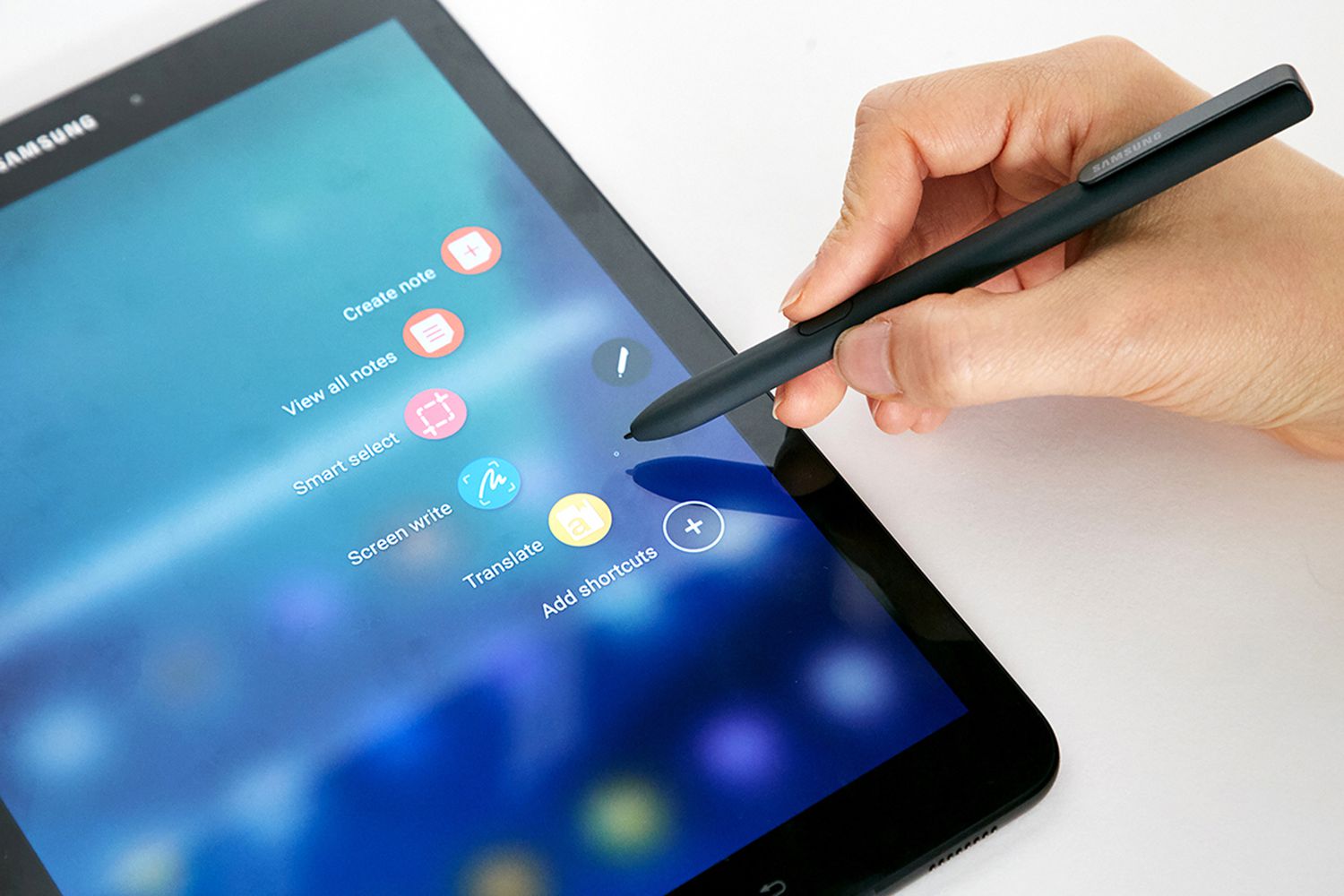
Software Issues
App Rotation Problems
One common complaint about Android tablets is the lack of app rotation support. Many apps are designed for smartphones and do not automatically switch to landscape mode when the tablet is rotated. This can be frustrating, especially when using a large screen device.
Solution: Using Rotation Control Apps
To force all apps into landscape mode, you can use a third-party app like Rotation Control. This app allows you to set the rotation mode for your device, ensuring that all apps are displayed in landscape orientation.
-
Download and Install Rotation Control:
- Open the Google Play Store on your Android tablet.
- Search for "Rotation Control" and select the app from the search results.
- Click on "Install" to download and install the app.
-
Configure Rotation Control:
- Once installed, open the Rotation Control app.
- You will see various options at the top of the screen, including regular rotation, forcing portrait or landscape, and reverse force.
- Set the rotation mode according to your preference. For example, if you want all apps to be in landscape mode, select "Force Landscape."
-
Enable Boot Start:
- To ensure that the rotation mode is applied at boot time, go to the app settings and enable "Start at Boot."
-
Lock Rotation:
- If you want to lock the rotation so that it cannot be changed by the user, use the "Shield" feature. This will prevent any app from switching to portrait mode.
By following these steps, you can ensure that all apps on your Android tablet are displayed in landscape mode, making them more tablet-friendly and enhancing your overall user experience.
Battery Drain
Battery drain is another common issue with Android tablets. This can be due to various factors such as running resource-intensive apps, poor battery health, or incorrect settings.
Solution: Optimizing Battery Settings
-
Check App Permissions:
- Go to Settings > Battery > Battery Usage.
- Identify which apps are consuming the most battery power and consider uninstalling or restricting their permissions.
-
Adjust Screen Brightness:
- Lowering the screen brightness can significantly reduce battery consumption.
- Go to Settings > Display > Brightness and adjust it to a lower level.
-
Turn Off Location Services:
- Many apps use location services, which can drain the battery quickly.
- Go to Settings > Location > Mode and switch it off when not in use.
-
Disable Background Data:
- Some apps continue to run in the background and consume data.
- Go to Settings > Data Usage > Mobile Data > App Data Usage and disable background data for unnecessary apps.
-
Update Software:
- Regular software updates often include battery-saving features.
- Go to Settings > System > System Update and check for any available updates.
By optimizing these settings, you can extend the battery life of your Android tablet and ensure it lasts longer between charges.
Hardware Issues
Screen Rotation Sensor Malfunction
Sometimes, the screen rotation sensor may malfunction, preventing the screen from rotating properly.
Solution: Resetting Screen Rotation Sensor
-
Restart Your Device:
- Sometimes, a simple restart can resolve the issue.
- Press and hold the power button until your device restarts.
-
Check for Physical Obstructions:
- Ensure that there are no physical obstructions preventing the screen from rotating.
- Clean the screen and surrounding area to ensure proper functionality.
-
Reset App Preferences:
- Go to Settings > Apps > All Apps.
- Select the app causing the issue and click on "Clear Data" and "Clear Cache."
-
Update Device Software:
- Ensure that your device is running the latest software version.
- Go to Settings > System > System Update and check for any available updates.
If the issue persists, it may be a hardware problem requiring professional attention.
Troubleshooting Tips
Force Restart
A force restart can sometimes resolve software-related issues by closing all running apps and restarting the system.
-
Press and Hold Power Button:
- Press and hold the power button until your device restarts.
-
Use Volume Down Button:
- If your device has a volume down button, press and hold it along with the power button until it restarts.
Clear Cache and Data
Clearing cache and data can help resolve issues related to app performance.
-
Go to Settings > Apps > All Apps:
- Select the app causing the issue and click on "Clear Data" and "Clear Cache."
-
Force Stop App:
- If clearing cache and data does not resolve the issue, force stop the app by going to Settings > Apps > All Apps > [App Name] > Force Stop.
Update Apps
Outdated apps can cause compatibility issues and affect performance.
-
Open Google Play Store:
- Open the Google Play Store on your device.
-
Update Apps:
- Go to My Apps & Games > Update All.
By following these troubleshooting tips, you can quickly identify and resolve common issues affecting your Android tablet's performance.
Android tablets offer a versatile and powerful computing experience, but they can be prone to various issues. By understanding how to diagnose and fix these problems, you can extend the life of your device and ensure it continues to perform optimally. Whether it's forcing all apps into landscape mode, optimizing battery settings, or troubleshooting hardware malfunctions, this guide provides comprehensive solutions for common Android tablet issues.
Always keep your device software up-to-date, clear cache and data regularly, and use third-party apps like Rotation Control to enhance your user experience. With these tips, you'll be able to enjoy a seamless and productive experience on your Android tablet.
